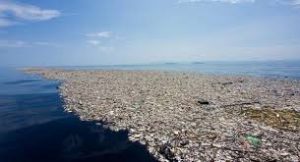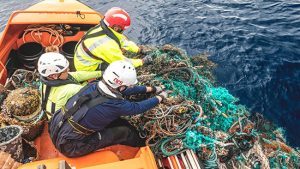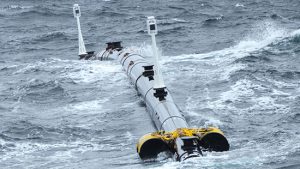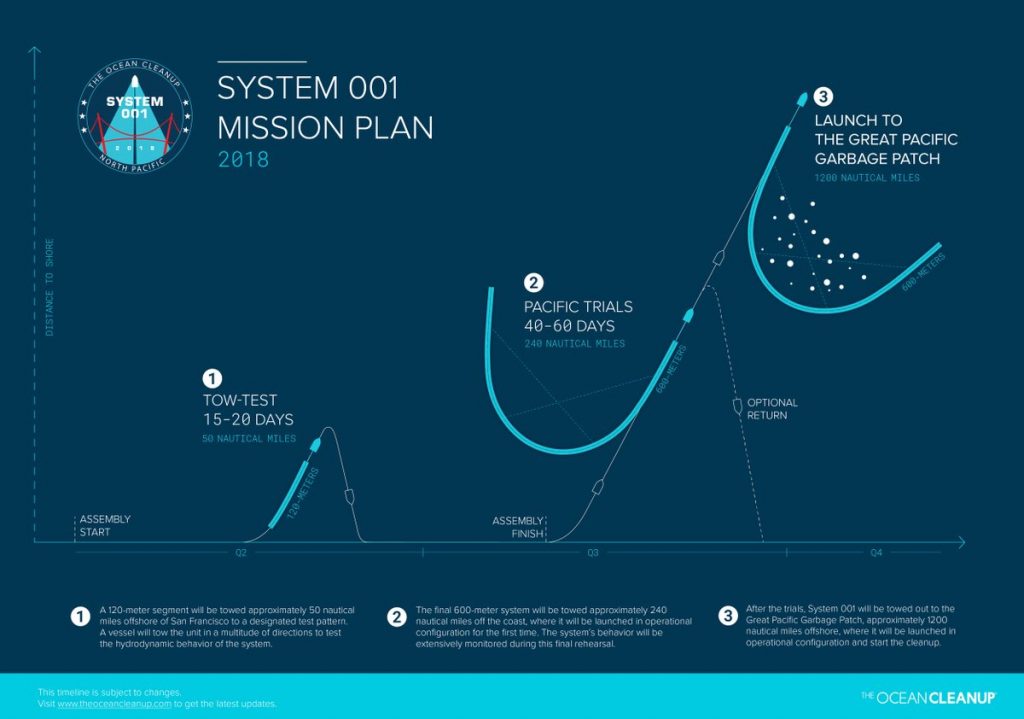Reader: if you have any doubts or misgivings about the dangers of non-organic material, I suggest you read this blog carefully. Maybe you will understand that it is preferable to be served a caipirinha, a mojito or a milkshake with cardboard straws and not plastic ones. Remember to dispose of your waste in different containers, each one with its own colour…
The “patches”
One of the most worrying environmental problems of our times is the accumulation of plastic litter in the sea. Unfortunately, ocean currents tend to move the waste we deposit close to our shores into well-defined areas. To understand what is happening, we can imagine the phenomenon as if it were a swirl in a swimming pool swallowing an object. This has led to the formation of five patches. Each contains millions of tonnes of debris. The largest one, called the Great Pacific Garbage Patch (GPGP), is located halfway between Hawaii and California and is three times the size of France.

The accumulated waste is well distributed over and under the ocean and its elements vary in size, ranging from abandoned fishing nets (tens of metres) to microplastics (a few millimetres).
The situation is very serious. The patches affect the marine world and the environment in general in several ways:
- Poisoning: Many fish mistakenly feed on plastic waste, with serious health risks. Obviously, this danger is passed on to many other species through the food chain.
- Species transport: many algae, crabs and crustaceans of various kinds attach themselves to plastics and are transported from one place to another. In the case of invasive species, they can become established in unsuitable locations and have a very negative impact on ecosystems.
- Ghost fishing: abandoned nets continue to catch fish frequently, creating serious imbalances.

It is uncertain how the problem will evolve. But there are serious reasons to believe that, if nothing is done, the volume of waste will continue to increase, with possibly very adverse consequences for the environment (as well as for shipping and the economy).
To avoid catastrophe, actions of various kinds are possible:
-
Preventive actions, mainly based on identifying and eliminating the sources of plastic generation. Of course, educational approaches are of particular importance here. But awareness-raising campaigns and other initiatives to prevent the arbitrary dumping of waste are also essential.
-
Disposal of plastics in coastal areas, where access is relatively easy.
-
Clean-up and patch removal. Here, on the other hand, the task is very complicated for several reasons: their location, their enormous dimensions, the diversity of properties and size of the waste, etc.
 The Boyan Slat OCS001 project
The Boyan Slat OCS001 project
In 2013, a solution was proposed by Boyan Slat, a young Dutch inventor and entrepreneur, see description in [1]. It is based on the deployment of a system, the Ocean Cleanup System 001 (OCS001), consisting of a long flexible structure of about 600 m from which a net of about 3 m height hangs. The idea is to transport the system to the edge of the GPGP and move the plastic to strategically chosen accumulation points, so that at these points it can be collected, temporarily stored in appropriate containers and transported to land, where it can then be recycled.
The system must take into account and make good use of the characteristics of wind, waves and sea currents. Its action must rely on sufficiently fast movements to control the plastic.
OCS001 has recently become operational. The first of the planned 60 fleets started work at the end of 2018:
-
On 8 September 2018, it departed from San Francisco Bay. It took approximately 5 days to reach the test area.

-
Once there, it adopted the classic U-profile for the first time. After two weeks of successful testing, it set off to meet the GPGP.
-
Arrival took place 12 days later (a distance of approximately 1000 nautical miles at a speed of 2 to 4 knots).
-
On 16 October 2018, OCS001 arrived at the spot. It again deployed in a U-shape and began clean-up operations. The operations were continuously monitored, in order to observe the behaviour of the system and its environment.
-
On 3 January 2019, the system began an interim journey to the mainland for minor repairs and upgrades. It arrived in Hilo Harbor, Hawaii, on 17 January, and is scheduled to depart within a week at the latest.
Experts have estimated that, at full capacity, the system will be able to remove 50% of the waste from the GPGP in 5 years. With a similar system for each spot, it is expected that 90% of the total waste will disappear by 2040. Thus, OCS001, used in combination with other waste prevention and disposal methods, can be expected to lead to plastic-free oceans by 2050.
The model and control issues
The behaviour of the “patch” can be modelled with a system of PDEs, close to the Navier-Stokes equations, but incorporating non-standard terms. A simplified version, two-dimensional in space, is as follows:
$$
\left\{
\begin{array}{l}
\mathbf{u}_t – \nu \Delta\mathbf{u} + (\mathbf{u}\cdot\nabla)\mathbf{u} + \nabla p = \mathbf{h} + \mathbf{B}(f,\psi), \\
\nabla \cdot \mathbf{u} = 0, \\
\psi_t – \kappa \Delta \psi + \mathbf{u} \cdot \nabla \psi = k + m(f,\psi).
\end{array}
\right.
$$

Here, \(\mathbf{u}\), \(p\) and \(\psi\) are, respectively, the velocity field and the water pressure and a function measuring the pollution intensity (essentially, the density of plastic in the ocean). On the other hand, \(\mathbf{h}\) and \(k\) are linked to environmental conditions (wind, sea currents, additional plastic input…) and \(f\) is a control function associated with the clean-up task. The particular structure of the terms \(\mathbf{B}(f,\psi)\) and \(m(f,\psi)\) depends on the model chosen. This structure, together with the choice of \(f\), should make it possible to identify the waste disposal strategy, i.e. the position of the system, the precise profile the structure should adopt, the location of the accumulation points, etc.
The most important questions that can be formulated for this problem are the following:
-
Given the data \(\mathbf{h}\), \(k\) and \(f\) and additional standard conditions (boundary and initial), we want to know how the variables \(\mathbf{u}\) and \(\psi\) evolve over time. This would allow us to predict the future.
-
Going further, accepting that the preceding calculation is possible, it is worth asking what is the best possible \(f\). For example, it will be interesting to determine the control \(f\) that leads to minimal values of \(\psi\) at a given future instant. This would answer several questions of fundamental importance: Where should we start operations? What is the optimal profile for the deployment of OCS001? Where should the accumulation points be located?
None of these questions has a simple answer. It is expected that recent techniques in the analysis and control of differential problems may shed light on this in the near future.
To learn more
[1] B. Slat et al., How the oceans can clean themselves, The Ocean Cleanup, The Netherlands, 2014.
[2] https://marinedebris.noaa.gov/info/plastic.html
[3] https://blog.marinedebris.noaa.gov/microplastics-megafauna
[4] https://blog.marinedebris.noaa.gov/marine-debris-invasive-species
[5] https://marinedebris.noaa.gov/current-efforts/prevention
[6] https://www.theoceancleanup.com/system001/

Leave a Reply